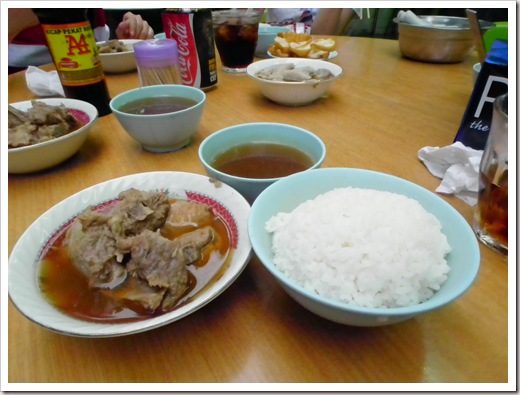-(void) uploadBinary:(NSData * ) binary withURL:(NSString * ) urlAddress withAttName:(NSString *) attname andFilename:(NSString *) filename{
NSURL *theURL = [NSURL URLWithString:urlAddress];
NSMutableURLRequest *theRequest = [NSMutableURLRequest requestWithURL:theURL
cachePolicy:NSURLRequestReloadIgnoringCacheData
timeoutInterval:20.0f];
[theRequest setHTTPMethod:@"POST"];
NSString *boundary = [[NSProcessInfo processInfo] globallyUniqueString];
NSString *boundaryString = [NSString stringWithFormat:@"multipart/form-data; boundary=%@", boundary];
[theRequest addValue:boundaryString forHTTPHeaderField:@"Content-Type"];
// define boundary separator...
NSString *boundarySeparator = [NSString stringWithFormat:@"--%@\r\n", boundary];
//adding the body...
NSMutableData *postBody = [NSMutableData data];
[postBody appendData:[boundarySeparator dataUsingEncoding:NSUTF8StringEncoding]];
[postBody appendData:[[NSString stringWithFormat:@"Content-Disposition: form-data; name=\"%@\"; filename=\"%@\"\r\n",attname, filename] dataUsingEncoding:NSUTF8StringEncoding]];
[postBody appendData:[@"Content-Type: application/octet-stream\r\n\r\n" dataUsingEncoding:NSUTF8StringEncoding]];
[postBody appendData:binary];
[postBody appendData:[[NSString stringWithFormat:@"\r\n--%@--\r \n",boundary]
dataUsingEncoding:NSUTF8StringEncoding]];
[theRequest setHTTPBody:postBody];
[[[NSURLConnection alloc] initWithRequest:theRequest delegate:self] autorelease];
}
另一種簡單的方式可以使用ASIFormDataRequest from ASIHTTPRequest lib:
ASIFormDataRequest *request = [ASIFormDataRequest requestWithURL:url];
[request setRequestMethod:@"POST"];
[request setFile:dataDir forKey:nil];
[request setDelegate:self];
[request startAsynchronous];
=========
- (void) requestFinished:(ASIHTTPRequest *)request {
//NSString *responseString = [request responseString];
NSLog(@"Response %d : %@", request.responseStatusCode, [request responseString]);
//NSData *responseData = [request responseData];
}
- (void) requestStarted:(ASIHTTPRequest *) request {
NSLog(@"request started...");
}
- (void) requestFailed:(ASIHTTPRequest *) request {
NSError *error = [request error];
NSLog(@"%@", error);
}
